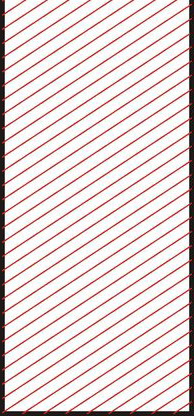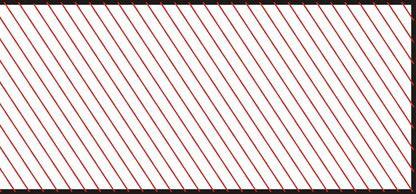Original text by Marina Belova
Today I'll tell you another method of adding volume to your embroidery with the help of special material like 3D Foam, 3D Puff, Bodybuilder from Madeira, etc. Some of the manufacturers call it EVA (ethylene vinyl acetate) Foam, and some – PE (Polyethylene) Foam. The composition may vary, but the purpose of the product remains the same.
The most common embroidery designs with foam are inscriptions on caps and bags. Though I've seen puffy embroidery on T-shirts as well. You can use 3D Puff not just for the letters but also under an appliqué.
Foam comes in the variety of colors (usually all colors of the rainbow). But black and white remain the most common; anyway, I have not yet seen any other colors in Russia. As a rule, people try to choose puffy of the same color as the thread. The thickness, too, may vary – from 3 to 8 mm.
The most common is 3 mm foam.
Embroidering with puffy is fairly simple:
- First, you embroider all the elements if they are present in your design. After that machine makes a stop.
- You put the puffy in the right place.
- Embroider; the needle should penetrate it along the edges.
- Remove the extra puffy.
Recommendations:
- Before hooping 3D Puff, you can slightly spray it with temporary spray adhesive, just to secure it in place.
- Choose your needles according to the fabric type. Ballpoint is the best for perforating 3D Puff. The needle size should be slightly bigger than the usual one for this type of thread.
- Upper and lower thread tensions should be loosened up so that the threads would go around the puffy without trampling it.
- Reduce the machine embroidery speed.
- Rayon or polyester threads are preferable. A firm "no" to metallic threads. I've also read that #30 threads help to lower the stitch count in the design.
- Plain-surfaced and tear-resistant fabrics are good for the basis of your embroidery. Better to do without thin and unstable fabrics. For example, chiffon and silk.
- If there are still some traces of your 3D Puff left, try to singe it with a lighter.
Digitizing a design with puffy
- The most efficient stitch type for 3D Puff is, of course, satin stitch. Pick the design with satin columns at least 5 mm wide. I've also read that you should put fill under puffy, for example, the one with long motif stitches. But I've tried this, so I cannot say whether it works good or bad.
- Our first underlay is made of running stitches about 1 mm long along the perimeter.

- Digitize "caps" for the open edges to perforate around the Puff on all sides. You can leave the inner side of the cap uneven in order not to penetrate the puffy.

- You can also use pinching instead. Pinching involves choosing such angles that stitches at the corners are very small: they don't perforate puffy and don't require capping.

- Your second underlay will consist of double zigzags with the density of 1.5–2 mm.

- Digitize your outer satins.

- Increase pull compensation by 5–15% of the column width. Increase push compensation by slicing at least 1 mm from the open edges.
- Your standard fill density should be increased by 40–100%. For example, if your standard fill density is 0.4 mm, you'll need to make it 0.2–0.3 mm for the outer layer.
- No shortening at the corners.
Now you've learned all digitizing tips.
There are two ways of removing the puffy:
- after having stitched the underlay
- after completion of the embroidery
I cannot comment on this one. It's the matter of preference. I tear the puffy away after the embroidery is completed.
You can see samples in my article Testing solid 3D Puff. See also how I tested various supplementary materials in order to find a substitution for 3D Puff — one, two, three.
Edited by Irina


There are no reviews to display.